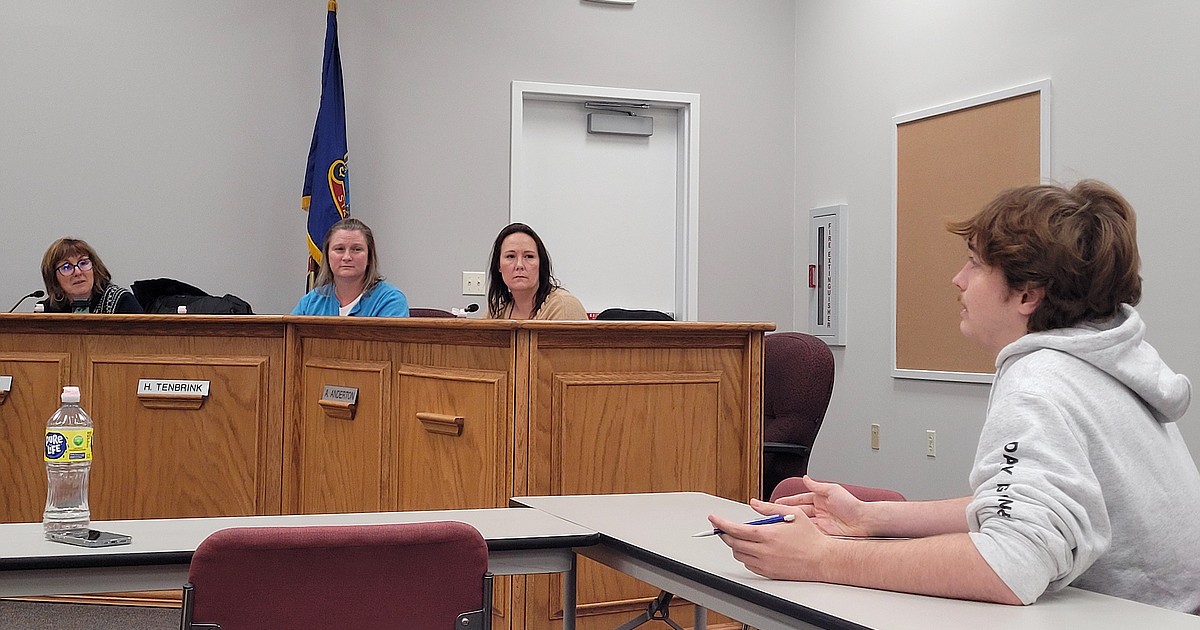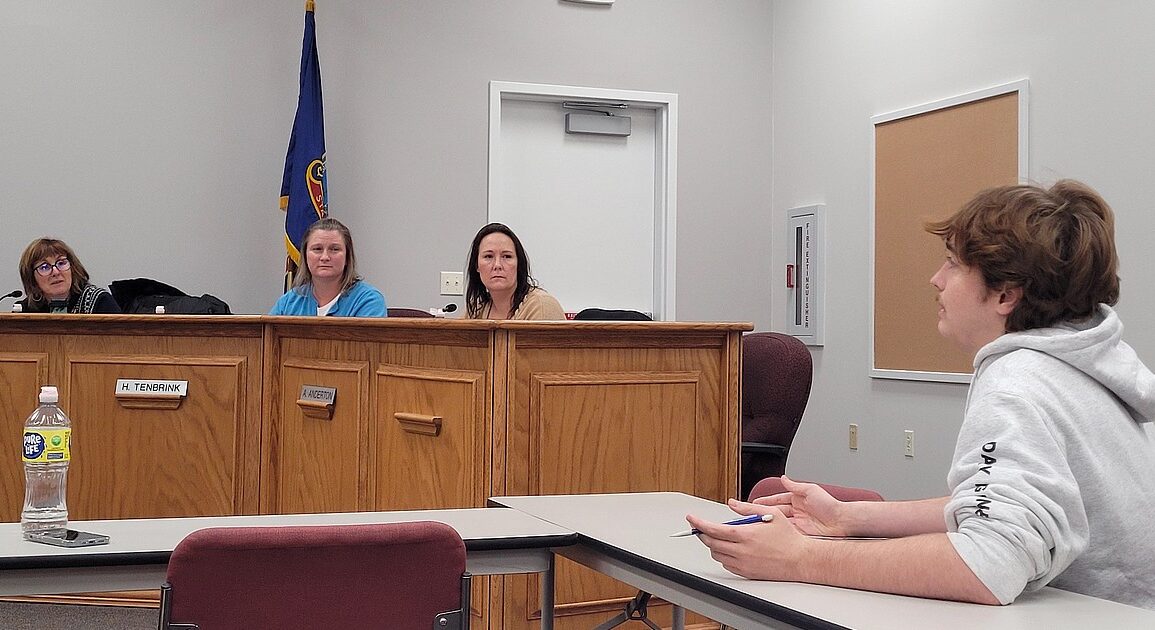
COEUR d’ALENE — Enforcement can be challenging when it comes to dress codes in schools.
When is a skirt too short? Are booty shorts OK? At what point do undergarments become a distraction? How much midriff, if any, is acceptable? And what matters more, disciplining students for what they’re wearing or the fact that they came to school at all?
Trustees of the Coeur d’Alene School Board hashed out some of these details Monday evening during a workshop at Midtown Meeting Center.
“It doesn’t matter what we say in this policy if it’s not going to be enforced,” Trustee Lesli Bjerke said. “In my mind, the most important mechanism in this policy is enforcement. Otherwise, why bother? We already have a policy that’s not enforced.”
The Coeur d’Alene School District’s present policy states that shirts and blouses that expose the waist, hips, midriff or breast when worn normally or with arms raised to shoulder level are not allowed. The enforcement piece reads that teachers and administrators may deny class entrance to inappropriately dressed students until arrangements are made for proper attire, and any class time missed for failure to adhere to the policy will be unexcused. Parents/guardians will be notified and students who refuse to change or who repeat dress code violations could face suspension or expulsion for violating the standards of student conduct.
A simplified proposed policy was drafted with input from the district’s Student Advisory Group and revised at the Nov. 13 board meeting to reflect board comments and survey responses from students and teachers. The proposed policy says students must wear tops with sleeves or straps that cover front, back, sides and under the arms. It calls for building administrators to use reasonable discretion in interpreting and implementing the policy’s provisions. If a conflict arises, the final word rests with the building principal or designee. Administration would notify parents/guardians of the school’s response to violations of the student dress policy, but students would not be removed from class as a consequence unless what they are wearing creates a disruption, poses a health or safety hazard or factors into a student behavior rule violation such as malicious harassment, intimidation and bullying. The proposed policy also states that a student will not be referred to as “a distraction” because of appearance or attire and staff would be expected to not call out students for dress code violations in front of other students.
Bjerke said she recently went to a few schools and saw “quite a bit of midriffs.”
Student Advisory Group President Luke Sharon, a Lake City High senior and student body president, said the current dress code prohibits students to have visible midriffs.
“The problem is that perpetuated an unenforceable policy, and that was a lot of the reason why we took that kind of wording out,” Sharon said. “If we add that in, it doesn’t really matter, because we have that in the current policy.”
Bjerke said her biggest problem is she is not clear about the proposed policy’s enforcement section.
“Without it, it doesn’t matter what it says,” she said.
Canfield Middle School Principal Nick Lilyquist said the midriff is a big issue when it comes to enforcement.
“Societally and staff-wise, they’re not interested in enforcing midriff,” he said. “I’m just going to be blunt.”
“Old Navy, that’s what they sell for young teenage girls,” Board Chair Rebecca Smith said.
Bjerke said she understands that is what the culture puts out now.
“But does that mean that we have to be OK with it at school?” Bjerke said.
She said she realizes she’s older than many of those who attended the workshop, but she never dealt with this when she was young or when her kids were in school.
“We’re supposed to be getting our kids ready for the next step in life, and there are dress codes,” she said. “You wouldn’t want to see any of us in a midriff, and that’s the God’s honest truth.”
Superintendent Shon Hocker said too many violations occur in a given day with the present dress policy.
“Enforcement starts in the classroom,” Hocker said. “I think what I’ve heard through this process is that, by and large, outside of the egregious dress code violations, teachers and the administration want the students in class learning the subject, and that’s where the debate comes.”
He said suspending kids is not the answer and that the focus needs to be on whether their attire distracts from learning. Bjerke said it doesn’t matter if it affects learning if it’s inappropriate.
Sharon said he felt like the workshop was a victory for students, teachers and administrators.
“This has been something that the Student Advisory Group has been working on for over a year,” he said. “To get to a point where it’s not just students, it’s also the board saying, ‘OK, we see where you’re coming from, we’re ready to move forward.’”
Trustees are expected to again discuss the dress code policy during the next regular meeting of the board at 5 p.m. Monday.
Visit cdaschools.org to view policies and contact trustees.
This post was originally published on this site be sure to check out more of their content.








